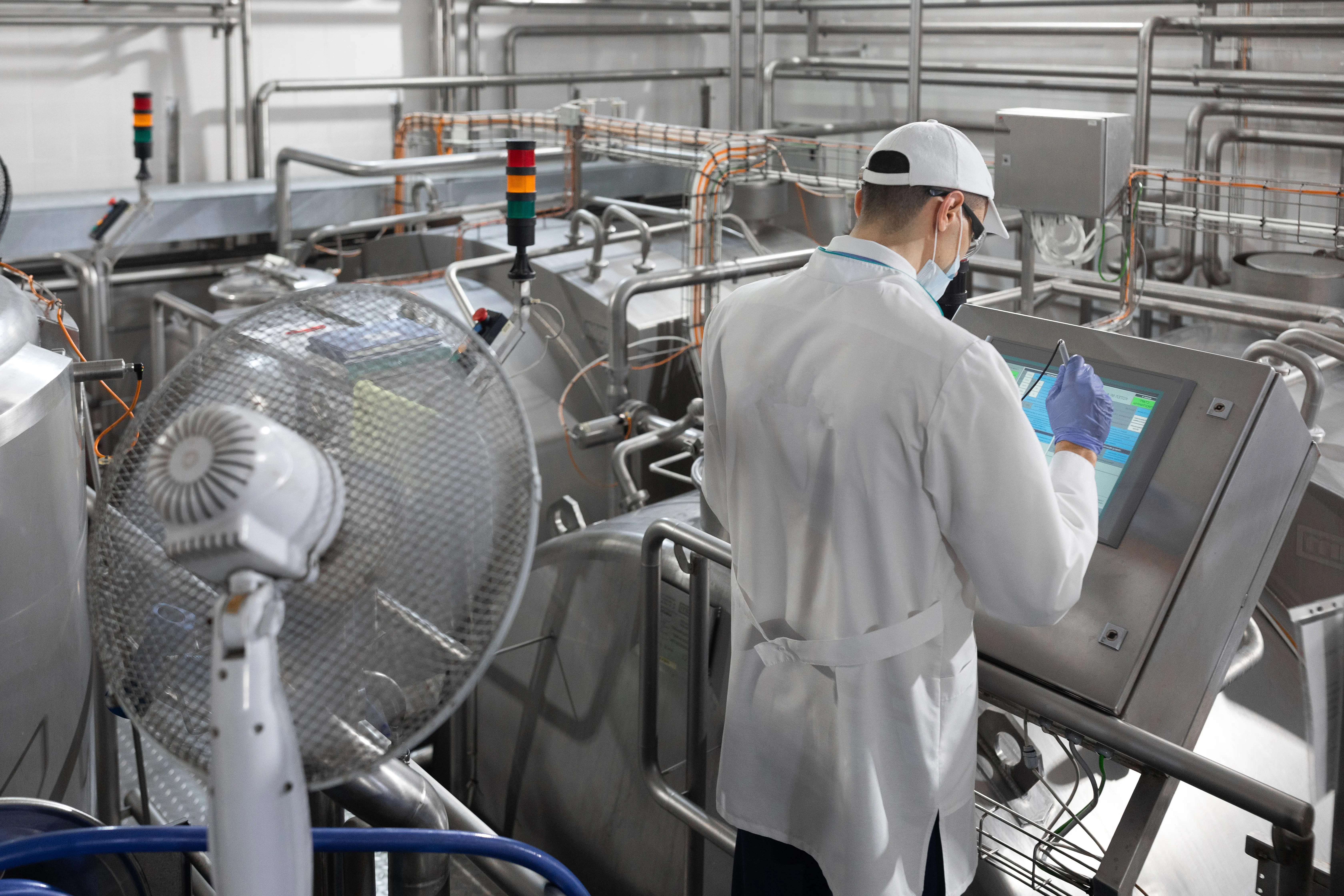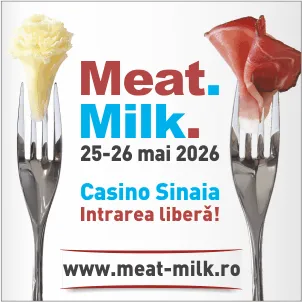461

The Romanian meat industry is entering a new phase of modernization, driven by the need to align with European food safety standards and by increasingly strict consumer demands for transparency. In 2025, digital traceability is no longer optional — it is an operational obligation that is redefining how production, processing, and distribution flows are managed.
According to the European Commission, all member states will be required by 2027 to adopt integrated digital traceability systems for animal-origin products, in compliance with Regulation (EU) 2021/1374 on food safety. This measure aims to ensure full “farm-to-fork” traceability, reducing the risk of fraud and contamination in the food chain.
In Romania, ANSVSA and MADR have begun the gradual implementation of a national electronic traceability system, integrated with the European platform EU Food Chain Data Space. Through this mechanism, each meat batch is assigned a unique digital code, allowing rapid identification of its origin, transport route, and storage conditions.
According to Eurostat, the economic losses caused by inefficient traceability exceed €1.5 billion annually across the European Union, due to product recalls, penalties, and administrative costs. Digitalizing the supply chain could reduce these losses by up to 40%.
The European Food Safety Authority (EFSA) emphasizes that blockchain technology, smart labeling, and IoT sensors can guarantee real-time traceability, eliminating the risk of falsified documents or reporting delays. Moreover, consumers will be able to access product origin information directly via QR codes, strengthening trust in local brands.
(Photo: Freepik)





